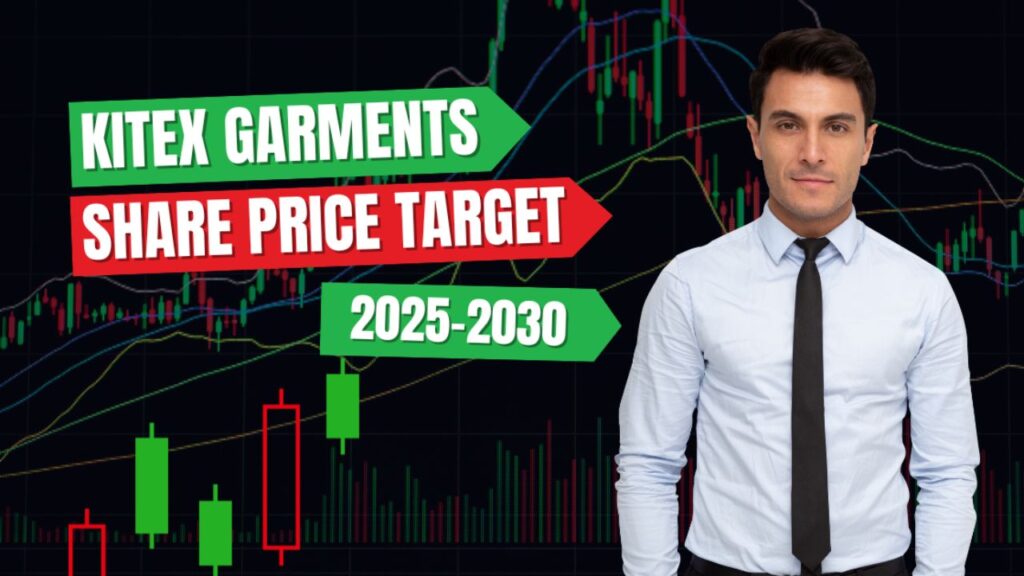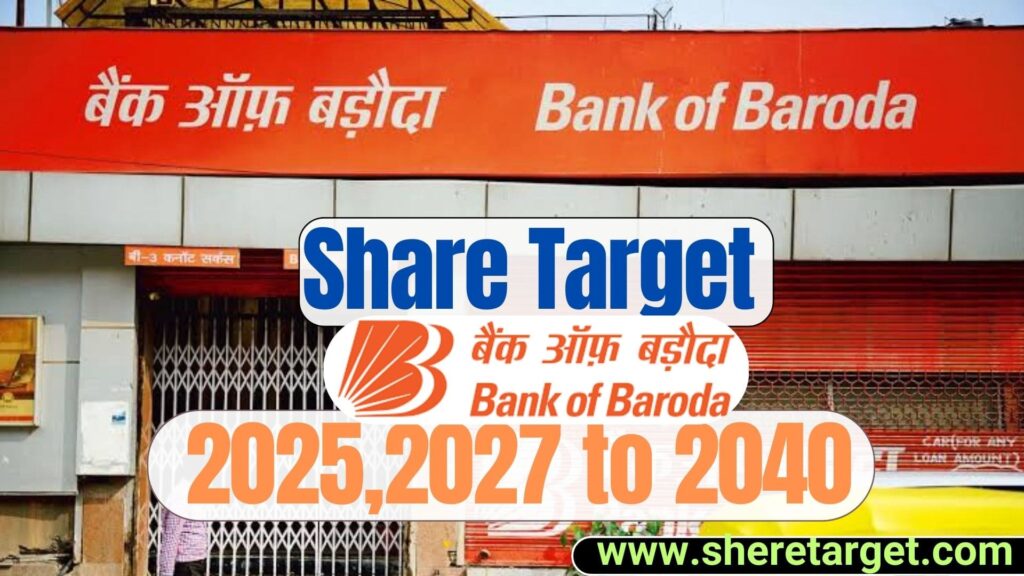What’s the recent history of Kitex share (2023 → 2025 so far)?
We need to anchor ourselves in reality before projecting forward.
- As of early 2025, Kitex shares were trading in the range of INR ~230–250 (depending on which day) per share.
- Some forecasts (from public “stock-forecast” type websites) suggest mid-2025 targets for Kitex of ₹280–₹330 (or even more). For example, a forecast from WalletInvestor gives 2025 target of ~₹284.80.
- Another site (Gov.Capital) projects ~₹256 for mid-2026 (so maybe somewhat conservative).
- The company’s fundamentals are a mixed bag. For example, according to Screener, over the past five years, sales growth has been modest (~5-6 %) and the return on equity is low.
- Also, promoter shareholding is stable (~56.66 %).
All this tells me: the market is giving some hope (expectations of further growth), but the fundamentals are currently not screaming “superfast growth.”
What factors will (or won’t) drive Kitex’s share price to 2025?
When I project price targets, I like to list the levers that can push it up (or drag it down). Let me walk through those for Kitex.
Upside levers (things that could push it higher)
- Improvement in margins
If Kitex can control input costs (cotton, yarn, energy) and improve operational efficiency (better utilization, lower wastage), margin expansion is possible. - Revenue growth via new orders / markets
If Kitex wins bigger contracts, expands exports (especially to developed markets), or expands its product range (e.g. higher value garments). - Economies of scale / capacity utilization
If the factories run nearer to full capacity, fixed costs are spread over more units. - Favorable macro tailwinds
Lower interest rates, stable currency (less rupee depreciation), favorable trade policies, lower import competition etc. - Positive investor sentiment / re-rating
Sometimes multiples expand (Price-to-Earnings or Price-to-Book) because investors become more optimistic about textiles or specialty apparel.
Downside risks (things that can drag it)
- Raw material/energy inflation
Textile businesses are notoriously sensitive to input costs (cotton, synthetic yarns, energy, labor). - Global trade or policy shocks
Tariff changes, trade wars, supply chain disruption, competition from cheaper countries. (As a recent example: in 2025, Indian textile stocks dropped after the US reduced tariffs for Bangladesh garments, putting India under pressure. - Demand slowdown
If consumer demand—especially in export markets—slows down, orders may get canceled or delayed. - Poor execution / capacity underutilization
If the company fails to use its factories well, or if new units take too long to commission. - Valuation compression
Even if profits grow, if investor mood turns negative, multiples might shrink (i.e. the same earnings command a lower stock price).
My forecast will factor these.
My projection: price target(s) for Kitex in 2025
I will give three scenarios: Bear, Base, Bull. For each, I’ll choose a growth path and valuation multiple that seem plausible.
Some assumptions (for the projection)
- The starting point (beginning of 2025) is ~ ₹240 (approx).
- Over 2025, we assume one more full year of performance (i.e. from 2025 to end-2025).
- I’ll assume the company can grow its net profit by varying percentages in the scenarios.
- I’ll assume it trades at some Price/Earnings multiple consistent with peers or with risk.
Let me define:
- Net profit growth = the rate at which the company’s profit grows (after all costs).
- P/E multiple = what investors are willing to pay for each rupee of profit.
Bear case
- Net profit growth: 5 % per year
- Multiple: 10× P/E (low)
- Starting net profit is modest; so even with 5 % growth, gains are low.
If current net profit is X, next year it’s X × 1.05. Then target price = (X ×1.05) × 10. Relative to current price, upside is limited.
Roughly: if current earnings justify ₹240 at 10×, with 5 % growth you’d reach ~ ₹252. So, ~ ₹240–₹260.
So in the bear case, your downside is modest, but upside is limited.
Base case
- Net profit growth: 10–15 % per year
- Multiple: 12–15× P/E
Let’s assume 12 % growth, and valuation multiple stretches to ~13×.
Then earnings 2025 = current × (1.12). Then target = earnings × 13. If currently multiple is ~12× (for ₹240), this gives ~ ₹268–₹300.
So in base case, I might target ₹280–₹320.
Bull case
- Net profit growth: 20 %+ per year
- Multiple: 15–18× P/E, perhaps more if sentiment is bullish
Then earnings 2025 = current × 1.20. Then target = earnings × 16× (say). That could push you to ₹320–₹380 or more.
But this requires almost everything to go right: good demand, cost control, favorable trade environment, etc.
Which scenario is more likely (in my view)?
If I were placing my money (cautiously), I’d lean toward the base case, maybe a little conservative. The bear case is too pessimistic (textiles have cyclical ups), the bull case is optimistic but possible if many things go right.
So I’d personally target ₹280–₹320 by end-2025.
But I’d also monitor: if margins compress or trade policy turns adverse, I’d lower the target.
Real-life caution: comparing with published forecasts
Let me compare my thinking with what others are projecting, and point out the differences.
- WalletInvestor: ~₹284.80 (aligns with my base scenario).
- Gov.Capital: ~₹256.38 (for mid-2026) — more conservative.
- Munafasutra: first up target 281.75.
These are in the ballpark of my base case. But remember: many public forecasts just extrapolate or use heuristics; they may not deeply analyze company-specific risks.
Walkthrough: how you can build your own target (step-by-step)
Since you’re likely trying to learn this for many stocks (not just Kitex), here’s a method I’ve used (and often revise). Use it as a template.
- Gather historicals
- Revenue, costs, margins, profit, balance sheet for past 5 years.
- Understand cyclicality (textiles fluctuate).
- Project future profit growth (net profit)
- Make scenarios: conservative, moderate, aggressive.
- Be realistic: don’t assume 50 % growth every year unless there’s evidence.
- Decide a valuation multiple
- Look at comparable companies in the same industry. What P/E do they command?
- Adjust for risks (if higher risk, lower multiple; if better quality, higher multiple).
- Compute price targets
- For each scenario: projected earnings × chosen multiple = target price.
- Stress-test
- What if growth is 50 % of your assumption? Drop multiple?
- What if costs inflate?
- Monitor real outcomes
- As quarters come, compare actual profits vs projected.
- Adjust your target accordingly.
When I first learned this, I made a target for a small company, assumed 25 % growth forever. Six months later, costs surged and I missed badly. Ever since, I always build in conservative (downside) and moderate cases too.
Some warnings specific to Kitex / textiles
- Textiles are input-heavy, especially raw materials and energy. That means volatile costs matter a lot.
- Export-oriented firms are vulnerable to currency fluctuations and trade policies.
- If too much competition (from Bangladesh, Vietnam, etc.), margins will be under pressure.
- Sentiment matters: even if fundamentals are okay, if the broader market is down, multiples contract.
Final summary & my “best guess”
- The stock is currently (2025) trading around ₹230–₹250 region.
- Many forecasters place 2025 targets around ₹280–₹330.
- Based on my scenario modeling, I think a base-case target of ₹280–₹320 is reasonable, with a cautious tilt.
- In bull case (if everything goes right), it might push into ₹320–₹380+, but that’s more speculative.
- In a weak scenario, it may just stay in the ₹240–₹260 range or lower if things go bad.



